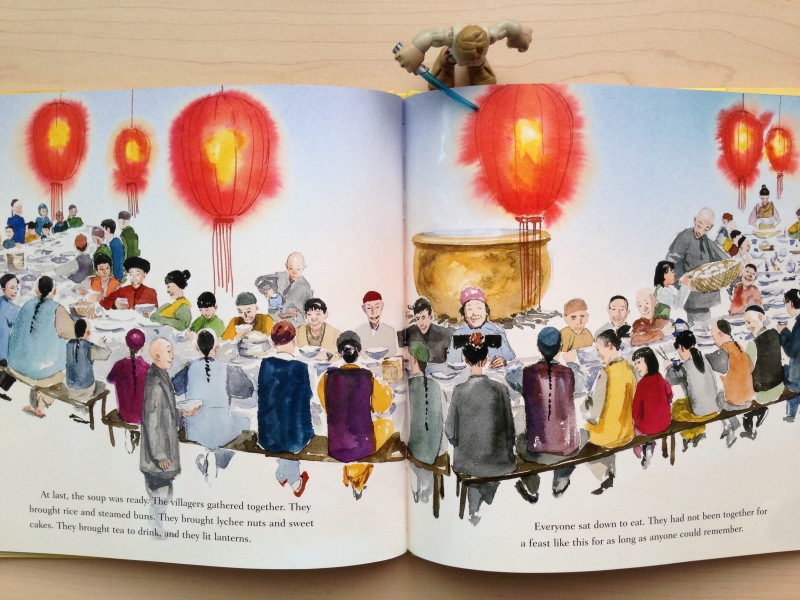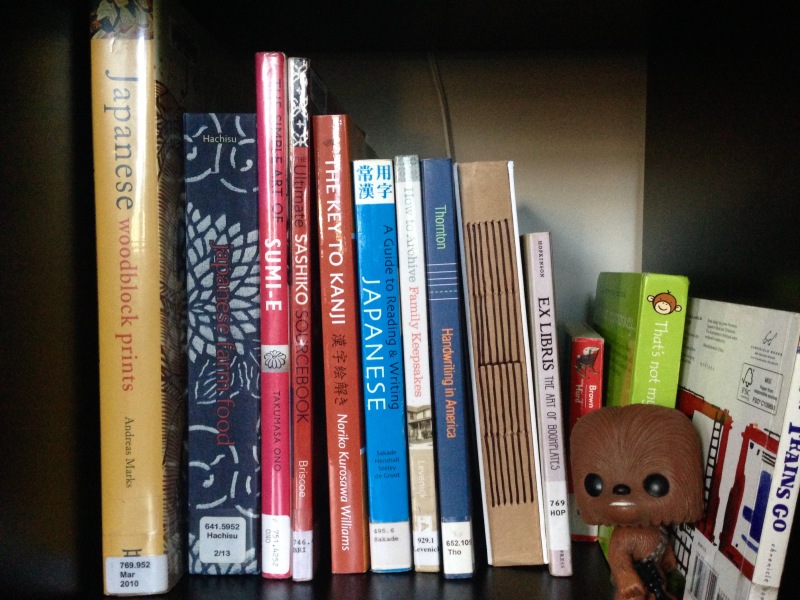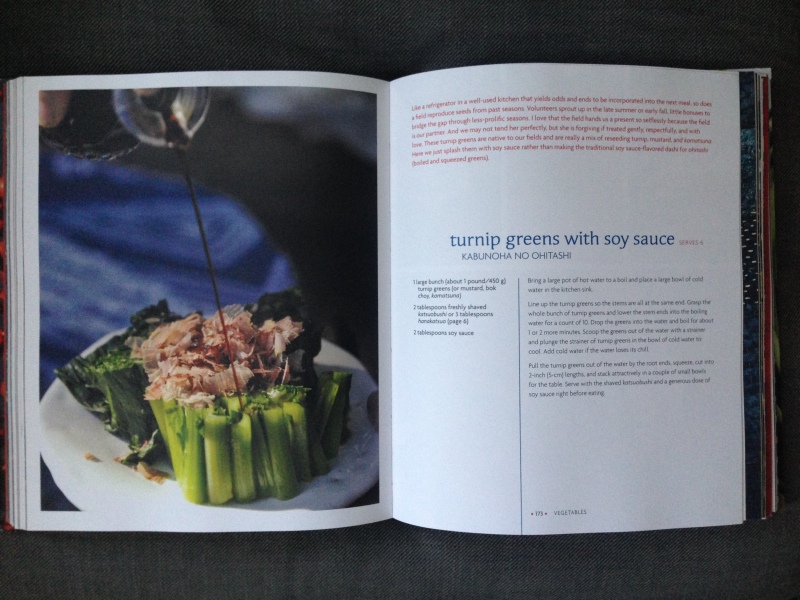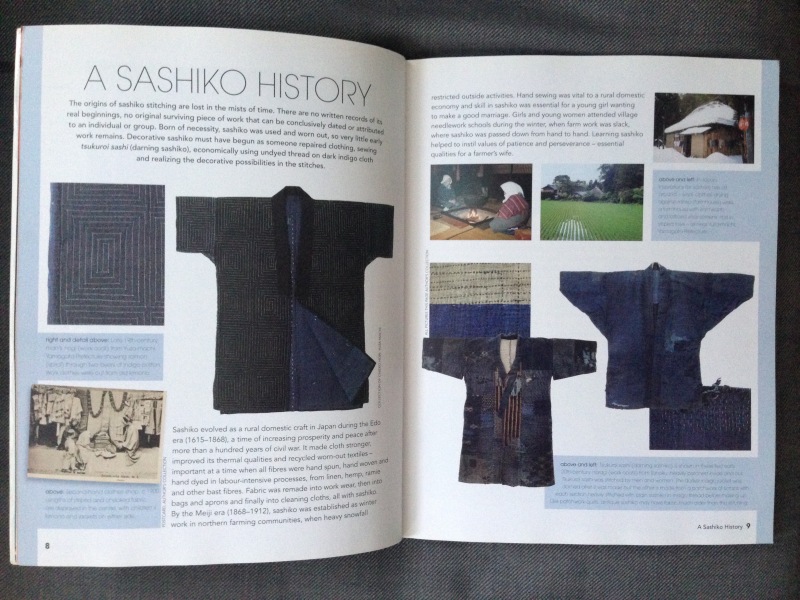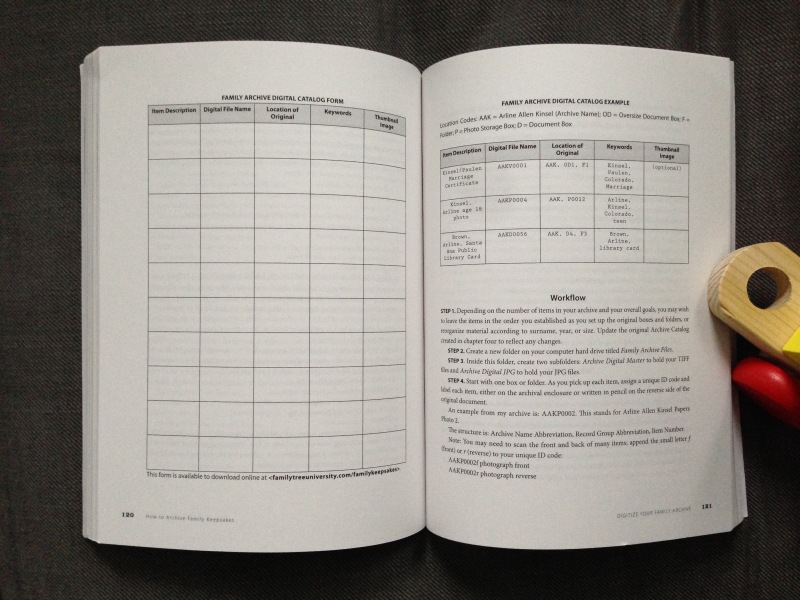So we moved across the country. Things are mostly settled, and M has started his new job. I’ve started my new (hopefully brief) chapter as a stay-at-home mother. I am still lining up my thoughts on all the recent changes, but I wanted to exercise my rusty blogging skills. Normally, I loathe doing similar posts in a row, but I need something lightweight before the full move recap and/or welcome-to-Portland post. For now, there is another post on books.
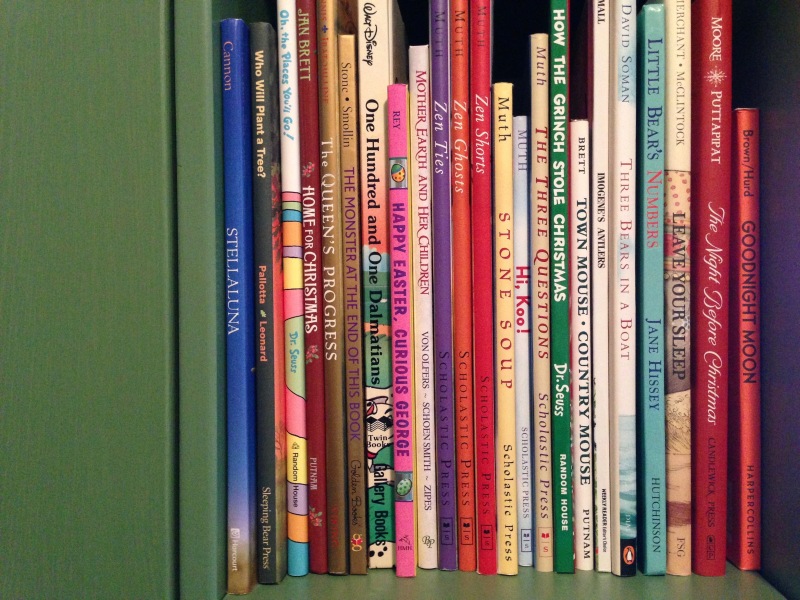
I brought only one book with me on our travels from Boston to Portland: a Fodor’s guidebook of Oregon. I have most of my fiction favorites in digital form on my iPad, so I saved the weight and space. Somehow, though, the kid managed to get us to carry along three hardcover picture books for his use. Happily, they’re some of my favorites, too, so I didn’t mind that we had to read them again… and again… over the first weeks after arrival.
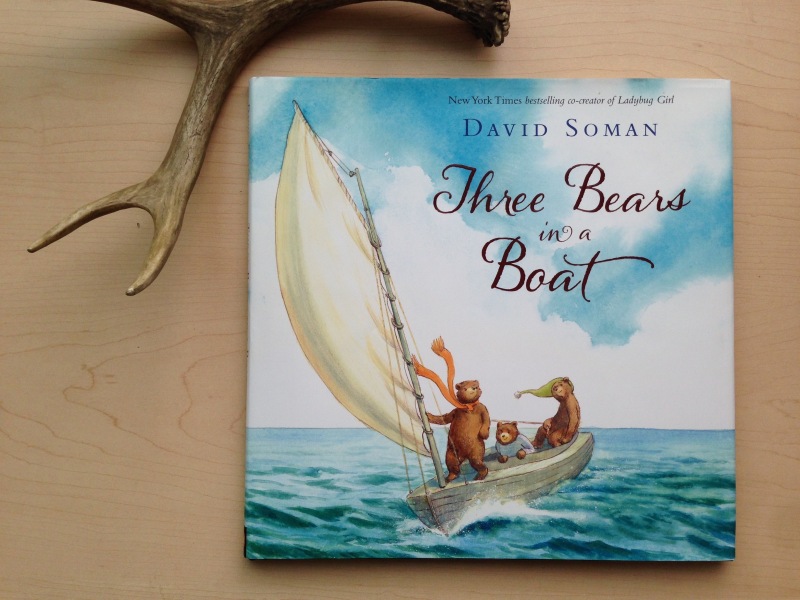
Three Bears in a Boat
David Soman
Dial Books for Young Readers, 2014
ISBN 978-0-8037-3993-2
At a library near you
This book was a gift to the Little Bear on his first birthday. Because of the nickname we gave him, bears have been a strong gift theme since the baby shower, and one of these three bears shares his name, so it worked nicely. I had never heard of the book or its author before. M read this one to LB first, once when I wasn’t around, and from then on, the little guy requested it regularly (“beahs in boats, Mama!”).
Sometimes I have to remind myself that children’s books don’t necessarily have to have strong storylines. Young kids in particular generally don’t notice narrative deficiencies (Little Bear was over the moon about this weird example, which both M and I found clunky and hard on the eyes). But I do prefer stories that move along at an appropriate pace and with good development. If the story can also be one that teaches some sort of lesson, so much the better (hey, their little brains are wrinkling furiously at this stage—might as well take advantage). This book fits the bill on all counts.
Basically, the three bear siblings do something they shouldn’t, and they set out to hide their mistake before their mother finds out. They have some adventures and learn that sometimes the best thing to do is to admit when you’ve done wrong and definitely don’t try to blame someone else. The story itself is pretty straightforward, but the setting and illustrations elevate it to magic. These bears inexplicably live on a tiny island that is surrounded by lots of other tiny islands, so their journey of discovery is mirrored in the literal journey they take in their boat. By making these bears seafarers (or explorers in general), Soman is able to introduce a range of fun characters and visuals, and our Little Bear never fails to point many of them out along the way.
M and I are most tickled by the expressions of the little bears and their mama. Even though these animals can verbalize their feelings, their faces speak even more clearly. These characters are only bears because it’s fun, not because it’s necessary. They could be cats or badgers or gryphons or even humans. Their faces transcend their species, because their species isn’t the point.
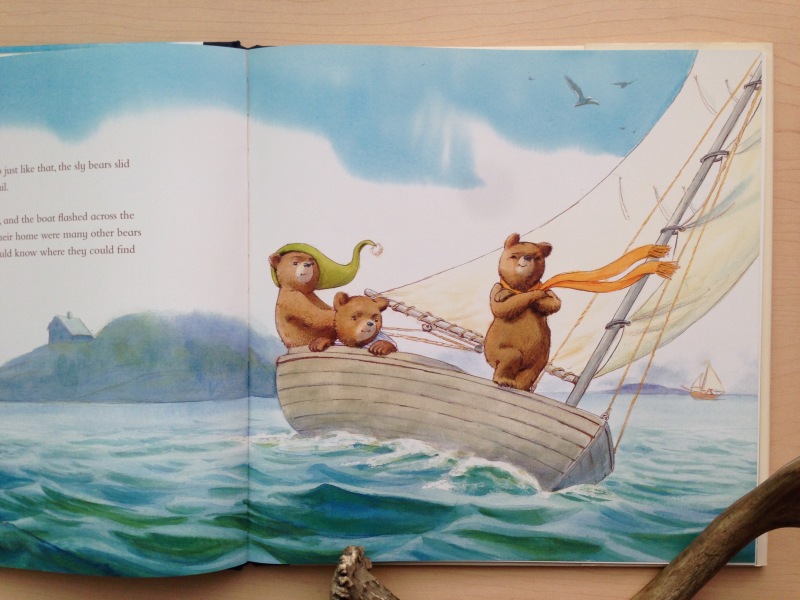
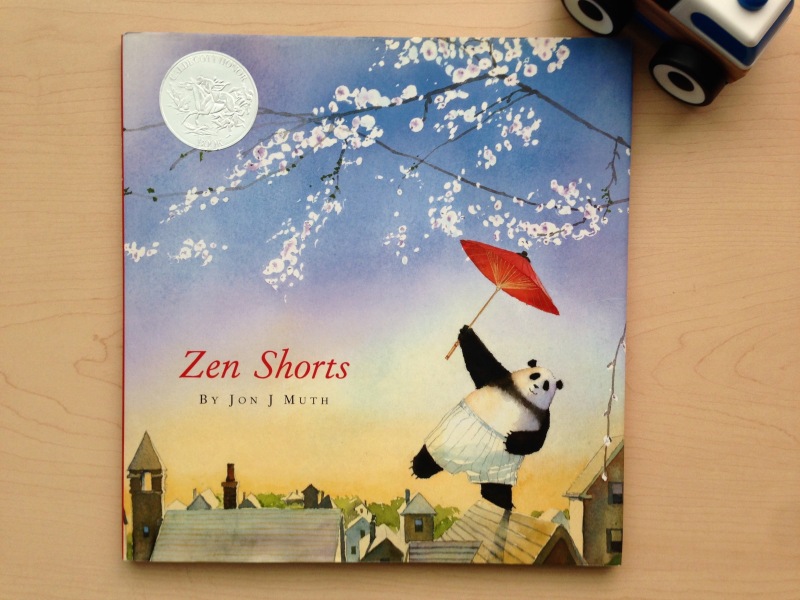
Zen Shorts
Jon J. Muth
Scholastic Press, 2005
ISBN 0-439-33911-1
At a library near you
In this next story, the shorts-wearing panda’s species is the point (in that the other three characters are human) but then again it isn’t (no one seems to care about his panda nature after the initial surprise). I confess, this book (and, later, its sequels) was part of my personal collection long before Little Bear entered the picture. I first came across it in the picture book section at my first library job. I was firmly into my East Asia fascination at that point, so the title immediately grabbed me. The dancing panda holding an umbrella on the cover obviously didn’t hurt, either.
This was the first book I ever read to LB, back when he was a tiny wee baby. It felt important to me somehow. I am not Buddhist, but there is something timeless and universal about some of Buddhism’s tenets. They align with the Ten Commandments and the Golden Rule and other maxims about treating others well and generally being a good person. But they also reach a bit higher sometimes, to the nature of the self and existence. As I said above, I like stories with lessons, and I like that Muth was bold enough to present those lessons via ancient Zen and Taoist tales. Sometimes those tales tax the faculties of grown-ups. I think, with their openness and simple worldview, children are probably much more receptive to them.

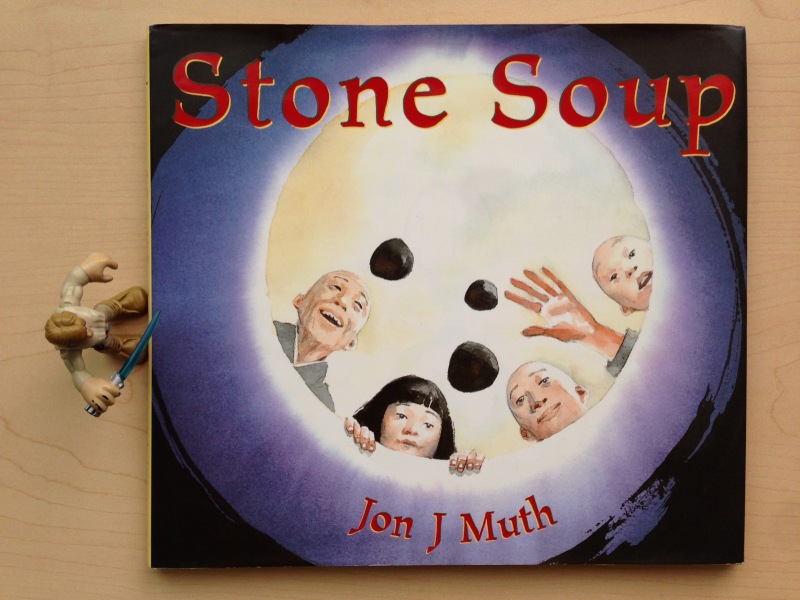
Stone Soup
Jon J. Muth
Scholastic Press, 2003
ISBN 0-439-33909-X
At a library near you
Technically, this book didn’t make the trek with us. But this was one of Little Bear’s favorite books to check out from the library, so on our first visit to the venerable Powell’s, we got him a copy of his very own.
I’ve never specialized in children’s librarianship, but I do appreciate a beautiful book, so I can’t help but admire so many kids’ books these days. Making non-graphic “adults'” books gorgeous sometimes seems like pure marketing, but visual appeal is an innate feature of picture books. When I read picture books (and yes, I do read them for my own enjoyment), I like both intricate illustrations and the whole presentation. Two of my longtime favorite practitioners of the former are K. Y. Craft and Jan Brett. Muth’s illustration of the banquet in Stone Soup is very reminiscent of some of their work. You can get lost looking at this image (he repeats the exercise gorgeously in the trick-or-treat double-page spread in his Zen Ghosts).
I think one reason the banquet scene seems so vibrant (aside from the fact that he was probably going for it to support the narrative flow) is that the rest of the book, the whole presentation I love so much, is very subtle and quiet. His trademark watercolor style is so soothing and wash-filled, but he includes some really splendid details. This is the only published example of this story (Aarne-Thompson type 1548 if you, like me, are into that sort of thing) I’ve seen set in Asia, which is a shame. It clearly works well there, though that could just be because Muth depicts the setting so lushly. Long after your fourteenth (in a row) reading, your mind can wander off the story itself and find no difficulty getting lost in the pictures. The magic of books for the young and not-so-young alike…
